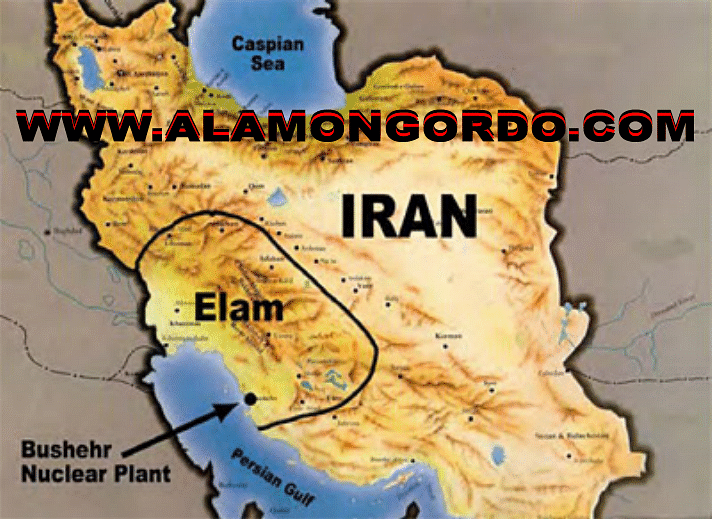End times, Doomsday, Eschaton, Disambiguation.
The end time. Also called end times, end of time, end of days, last days, final days, doomsday, or eschaton is a future described variously in the eschatologies of several world religions (both Abrahamic and non-Abrahamic), which teach that world events will reach a climax.
The Abrahamic religions maintain a linear cosmology, with end-time scenarios containing themes of transformation and redemption. In Judaism, the term “end of days” makes reference to the Messianic Age and includes an in-gathering of the exiled Jewish diaspora, the coming of the Messiah, the resurrection of the righteous, and the world to come.
Some sects of Christianity depict the end time as a period of tribulation that precedes the second coming of Christ, who will face the Antichrist along with his power structure and usher in the Kingdom of God.
In Islam, the Day of Judgement is preceded by the appearance of the al-Masih al-Dajjal, and followed by the descending of Isa (Jesus). Isa will triumph over the false messiah, or the Antichrist, which will lead to a sequence of events that will end with the sun rising from the west and the beginning of the Qiyamah (Judgment day).
Non-Abrahamic religions tend to have more cyclical world-views, with end-time eschatologies characterized by decay, redemption, and rebirth. In Hinduism, the end time occurs when Kalki, the final incarnation of Vishnu, descends atop a white horse and brings an end to the current Kali Yuga.
In Buddhism, the Buddha predicted that his teachings would be forgotten after 5,000 years, followed by turmoil. A bodhisattva named Maitreya will appear and rediscover the teaching of dharma. The ultimate destruction of the world will then come through seven suns.
Since the development of the concept of deep time in the 18th century and the calculation of the estimated age of the Earth, scientific discourse about end times has considered the ultimate fate of the universe. Theories have included the Big Rip, Big Crunch, Big Bounce, and Big Freeze (heat death).




